Description
Clindamycin: A Powerful Antibiotic with Targeted Action
Clindamycin is a lincosamide antibiotic, meaning it belongs to a class of drugs that fight bacterial infections. It’s a valuable tool in the medical arsenal, known for its effectiveness against a range of bacteria, particularly those that thrive in the absence of oxygen (anaerobic bacteria). While powerful, clindamycin, like all antibiotics, should be used responsibly and under the guidance of a healthcare professional.
How Does Clindamycin Work?
Clindamycin works by inhibiting bacterial protein synthesis. Essentially, it interferes with the ribosomes, the cellular machinery responsible for building proteins. By binding to the ribosome, clindamycin prevents the bacteria from producing the proteins necessary for growth and reproduction, effectively stopping the infection in its tracks.
What Conditions Does Clindamycin Treat?
Clindamycin is commonly prescribed to treat a variety of bacterial infections, including:
- Skin and soft tissue infections: This includes conditions like cellulitis, boils (furuncles), and impetigo.
- Bone and joint infections: Clindamycin can be used to treat osteomyelitis (bone infection) and septic arthritis (joint infection).
- Intra-abdominal infections: Infections within the abdominal cavity, such as peritonitis and abscesses, may respond well to clindamycin.
- Dental infections: Clindamycin can be effective against certain types of dental abscesses and periodontal disease.
- Pneumonia: While not a first-line treatment for all types of pneumonia, clindamycin may be used for specific cases, especially those caused by anaerobic bacteria.
- Bacterial vaginosis: Clindamycin is available as a topical cream or vaginal suppository for treating bacterial vaginosis.
- Acne: Topical formulations of clindamycin are sometimes prescribed to treat acne vulgaris.
How is Clindamycin Administered?
Clindamycin is available in several forms:
- Oral Capsules: Taken by mouth.
- Intravenous (IV) Injection: Administered directly into a vein.
- Topical Solutions, Gels, and Lotions: Applied directly to the affected skin.
- Vaginal Cream and Suppositories: Used for treating vaginal infections.
The specific form and dosage will depend on the type and severity of the infection, as well as the patient’s overall health.
Potential Side Effects
As with any medication, clindamycin can cause side effects. Some of the most common include:
- Gastrointestinal issues: Nausea, vomiting, diarrhea, and abdominal pain are common.
- Rash: Skin rashes can occur, ranging from mild to severe.
- Allergic reactions: In rare cases, serious allergic reactions can occur, requiring immediate medical attention. Symptoms may include hives, difficulty breathing, and swelling of the face, lips, tongue, or throat.
A Note on Clostridioides difficile Infection (CDI)
One of the most serious potential side effects of clindamycin and other antibiotics is Clostridioides difficile infection (CDI), formerly known as Clostridium difficile. CDI occurs when the normal balance of bacteria in the gut is disrupted by antibiotics, allowing C. difficile bacteria to overgrow. This can lead to severe diarrhea, abdominal pain, and fever. In severe cases, CDI can be life-threatening. It’s essential to report any persistent diarrhea to your doctor, especially if you’ve recently taken antibiotics.
Important Considerations
- Allergies: Inform your doctor if you have any allergies to medications, especially lincomycin (a related antibiotic).
- Medical History: Let your doctor know about any pre-existing medical conditions, especially any history of gastrointestinal problems, kidney disease, or liver disease.
- Drug Interactions: Clindamycin can interact with other medications. Provide your doctor with a complete list of all medications, supplements, and herbal remedies you are taking.
- Pregnancy and Breastfeeding: Discuss the risks and benefits of clindamycin with your doctor if you are pregnant, planning to become pregnant, or breastfeeding.
- Complete the Course: It is crucial to complete the entire course of clindamycin as prescribed, even if you start feeling better. Stopping early can lead to the infection returning and potentially becoming resistant to the antibiotic.
Conclusion
Clindamycin is a valuable antibiotic that can effectively treat a variety of bacterial infections. However, it’s important to use it responsibly and under the guidance of a healthcare professional. Understanding the potential benefits and risks, as well as adhering to the prescribed dosage and treatment plan, is crucial for ensuring its safe and effective use. If you have any questions or concerns about clindamycin, be sure to discuss them with your doctor or pharmacist. Remember, responsible antibiotic use is vital to preserve their effectiveness and combat antibiotic resistance.

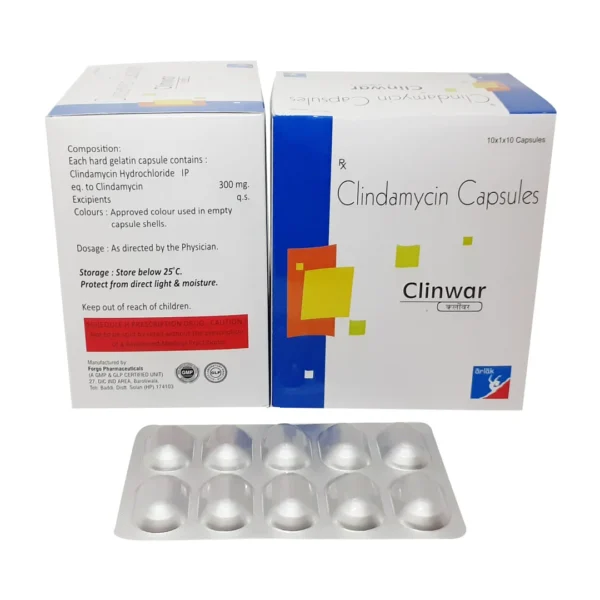


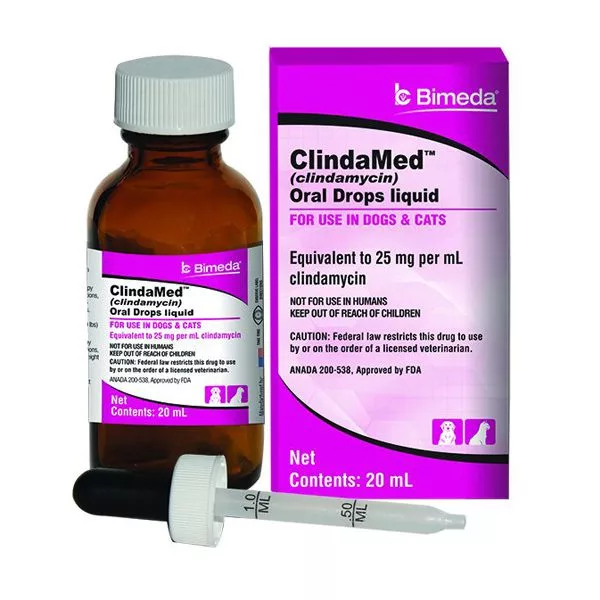
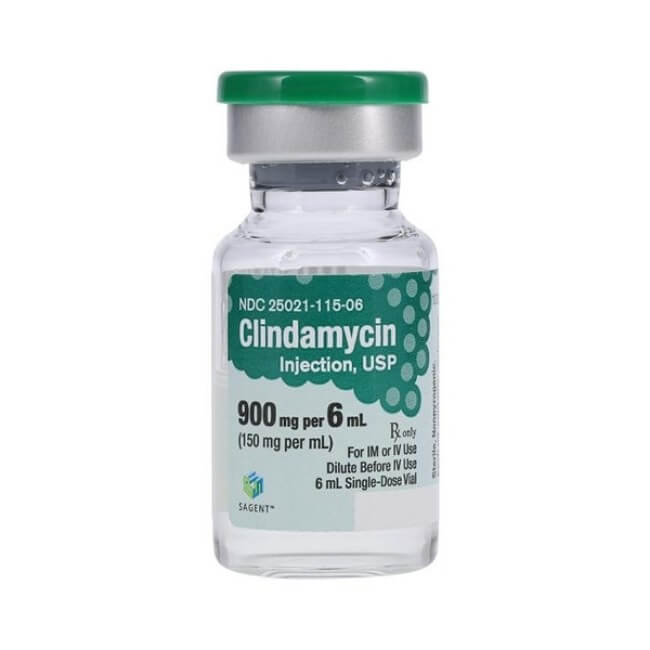







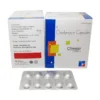

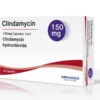




Reviews
There are no reviews yet.